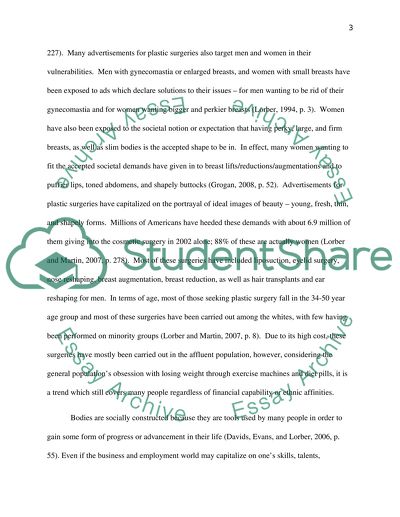Cite this document
(“Sociology of the body Essay Example | Topics and Well Written Essays - 2250 words”, n.d.)
Retrieved from https://studentshare.org/environmental-studies/1418164-sociology-of-the-body
Retrieved from https://studentshare.org/environmental-studies/1418164-sociology-of-the-body
(Sociology of the Body Essay Example | Topics and Well Written Essays - 2250 Words)
https://studentshare.org/environmental-studies/1418164-sociology-of-the-body.
https://studentshare.org/environmental-studies/1418164-sociology-of-the-body.
“Sociology of the Body Essay Example | Topics and Well Written Essays - 2250 Words”, n.d. https://studentshare.org/environmental-studies/1418164-sociology-of-the-body.


